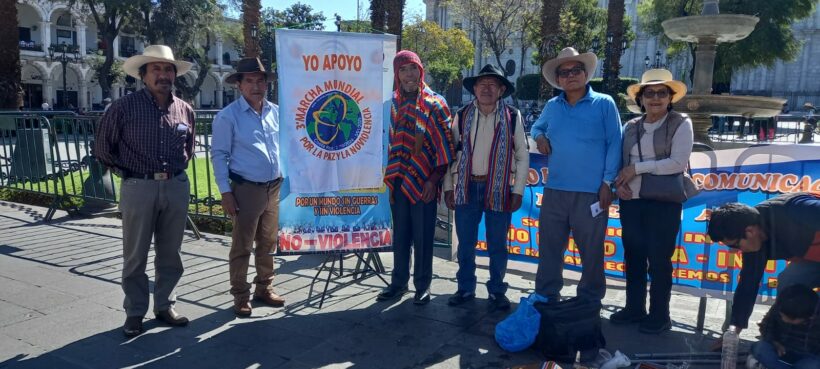By Francisco Carpio Jordan
Machaq Mara and Wilkakuti (Aymara) We Tripantu (Mapuche)
On the 21st of June, in the southern hemisphere, the winter solstice takes place, which in our ancestral cultures was the time to celebrate the New Year and the Festival of the Sun (Inti Raymi). It is an astronomical phenomenon resulting from the Earth’s orbit around the Sun, an elliptical orbit whose shape and length produce distances and approaches about the Sun; consequently, in this annual orbit of the Earth, there are four significant moments, two solstices and two equinoxes, which have influenced and transcended in the life of the Earth and the cultural behaviour of civilisations and peoples.
While winter occurs in the south of the Earth, summer occurs in the north, a very important astronomical fact in the differentiation of cultures: in the north, winter begins on 21 December, roughly corresponding to New Year and Christmas, linked to the Christian religion. Other cultures celebrate the New Year on different dates due to their geographical location and cultural background, such as China, which celebrates the first day of the lunar calendar, the Spring Festival (between January and February), and India, whose New Year (Diwali) is in October.
The new year generally coincides with the winter solstice. When the western Nordic countries colonised continents and cultures from other latitudes, they imposed their customs, culture, language and festivals, in most cases wiping out the original cultures, but in others coexisting syncretistically.
At the winter solstice, the sun is further away from the earth, the nights are long and the days are short. People had more time for meetings, dialogue and reflection. With favourable conditions for introspection and preparation for the next moment of life, it is the time to look back at the path travelled and prepare for the continuation of life. The solstice is an energetic moment that can be experienced in the environment created by the turning point of sunlight.
In the cultures of our ancestors in what is now South America, both in ancient times and among the Tawantinsuyu and other cultural centres such as the Mapuche, the winter solstice and the New Year were celebrated with a deeply spiritual and cosmic meaning, as their religiosity was based on the “Cosmic Whole” or “Tukuy Pacha”; They had a clear perception of the reproduction of life on earth, totally related to the sky and its infinite content, in permanent contact between the earth, the sun and the stars; their amounts and wise men knew the astronomical space and the journey of all the stars they saw, their guiding constellation being the “southern cross” represented in the icon of the Chacana.






